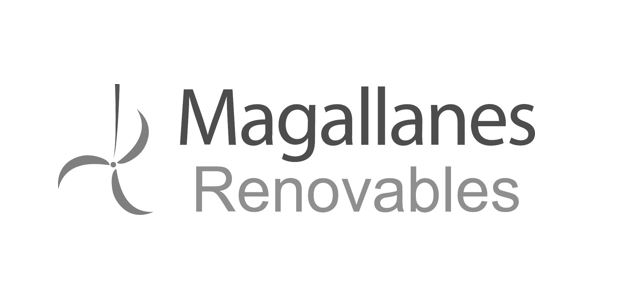Press release
Vital research work is being pioneered in Orkney that will steer the way electricity is harnessed from the sea.
With more prototype and “next generation” devices due to be tested at EMEC, the Orkney-based European Marine Energy Centre, new methods are being developed to assess the impact of wave and tidal devices on the local environment.
The aim is to ease the workload and reduce costs for developers, assist regulators and help protect the marine environment.
Offering the world’s first grid-connected at-sea test sites for marine renewables, EMEC is playing a pivotal role in the development of machines that can convert energy from waves and tidal currents into electricity.
Three of the machines tested so far – Aquarmarine Power’s Oyster, Pelamis Wave Power’s “sea snake” and OpenHydro’s tidal turbine – all feature in plans, announced recently by The Crown Estate, for commercial scale power generation in Orkney waters and the Pentland Firth.
“The Crown Estate’s first wave and tidal energy leasing round has sparked considerable interest both around the world, and also locally,” said EMEC managing director Neil Kermode.
“Although not involved in the Crown Estate’s decisions, EMEC is in a privileged position in this developing industry – with much of our work so far geared towards helping developers get prototype machines into the water.
“We are delighted that three machines tested at EMEC feature in proposals from wave and tidal energy developers to harness power from the sea at sites selected by The Crown Estate.
“For this to happen successfully, the technology needs to continue to evolve. So we are pleased that alongside machines new to EMEC, we will see next generation Oyster and Pelamis devices under test in the months and years ahead.
“Just as importantly, we need to understand how these technologies interact with wildlife and the wider marine environment.
“So in tandem with our test programmes, we are developing new and innovative methods of monitoring our sites and any impact – both positive and negative – the machines have on life in the seas around them.”
Before marine energy devices are deployed on a commercial scale, the developers involved will have to consult widely with the public and undertake comprehensive environmental impact assessments of their proposals.
The research work at EMEC involves monitoring bird and marine mammal activity at the wave and tidal sites and listening in to the undersea world using hydrophones and other acoustic devices.
“We’re attempting to piece together a detailed picture of the marine life to be found from the surface to the seabed, and any changes that can be linked to machines that harness energy from the sea,” said Mr Kermode.
“We are also working co-operatively with fishermen on a monitoring programme based around our wave energy test site.
“All of this work will be vital to the responsible and safe development of a new industry – and will help developers and the regulators whose consent will be needed before the machines can be deployed at the sites around Orkney.”
EMEC is sometimes asked how much power has been generated by prototype machines at the wave test site off Billia Croo and the tidal test site off Eday.
Mr Kermode said: “As a test laboratory EMEC provides an important service for its customers – the technology developers.
“That means we cannot discuss the output of the machines, because it is commercially sensitive information.
“It is fair to say, however, that the energy extracted so far has been infinitesimally small compared to the vast amounts of untapped power available at the two sites.
“And this difference between what these pioneering machines have achieved so far – and the scale of the resource itself – is what that makes the sea such promising source of sustainable energy.”
He added: “We know we cannot keep burning our way through the planet’s carbon stores if we are to have a sustainable future.
“We have to find alternatives that will supply our energy needs without cooking the planet, acidifying our oceans and wreaking havoc on our coastlines and communities.
“EMEC believes marine energy will be an important contributor to the future energy supply. The regulators will ultimately decide whether wave and tidal can play its part – and our groundbreaking research work will help inform and steer that process.”





